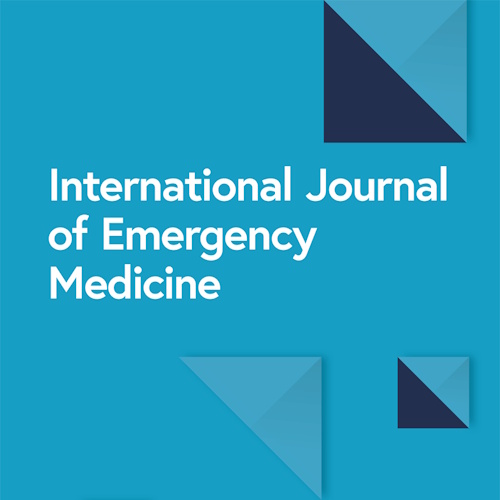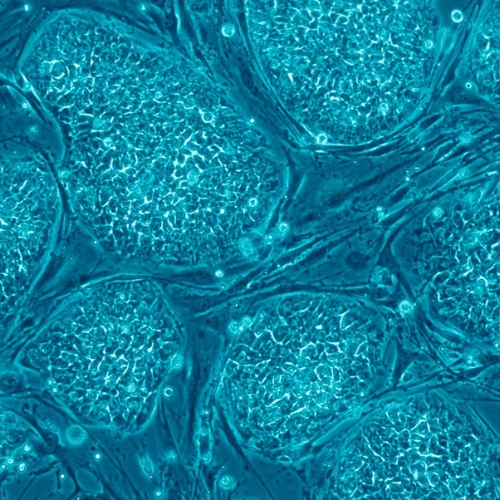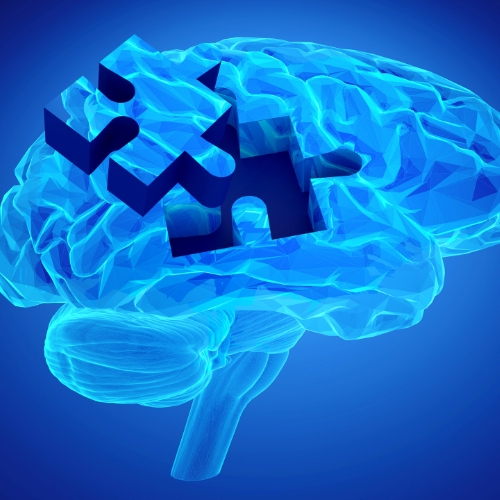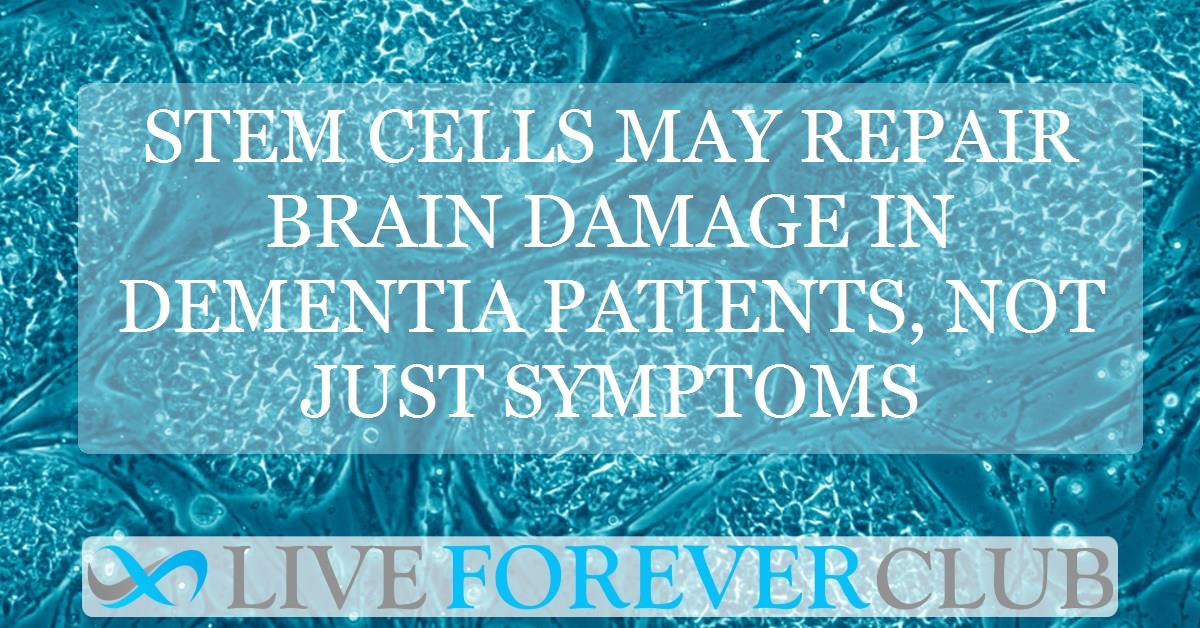Dementia is more than just memory loss; it is a complex neurodegenerative condition that disrupts cognitive function, impairs daily activities, and significantly diminishes quality of life. With the global population aging rapidly, the prevalence of dementia is expected to surge, affecting millions worldwide. Traditional therapeutic strategies have primarily focused on symptomatic relief, leaving the root causes of neurodegeneration largely unaddressed.
In recent years, stem cell therapy (SCT) has emerged as a groundbreaking approach that seeks to not only alleviate symptoms but also repair and regenerate damaged neural tissues. By harnessing the unique regenerative capabilities of stem cells, researchers aim to combat the neurological decline associated with dementia. This blog explores the evolving landscape of stem cell therapy in dementia treatment, delving into its mechanisms, preclinical studies, ongoing clinical trials, and future prospects.
Stem Cells: A New Era in Regenerative Medicine
Stem cells possess the extraordinary ability to differentiate into various specialized cell types, making them invaluable in regenerative medicine. Unlike conventional cells, stem cells can self-renew and proliferate indefinitely, providing a continuous source of replacement cells for damaged tissues. This property has led to increasing interest in their therapeutic potential, particularly in neurodegenerative diseases like dementia.
There are several types of stem cells under investigation for dementia treatment. Mesenchymal stem cells (MSCs) are known for their anti-inflammatory and immunomodulatory properties, which can reduce neuroinflammation and support neural repair. Neural stem cells (NSCs), on the other hand, have the capacity to differentiate into neurons and glial cells, facilitating neuronal regeneration. Human-induced pluripotent stem cells (hiPSCs), derived from adult somatic cells, can transform into nearly any cell type, including neurons, making them a versatile option for personalized therapies.
Understanding the Pathophysiology of Dementia
Dementia encompasses a range of neurodegenerative disorders, including Alzheimer’s disease (AD), Parkinson’s disease (PD), and Huntington’s disease (HD). These conditions are characterized by the progressive loss of neuronal structure and function, leading to symptoms such as cognitive decline, memory loss, and impaired motor coordination.
Alzheimer’s disease, the most prevalent form of dementia, involves the accumulation of amyloid-beta plaques and tau protein tangles in the brain. These pathological changes disrupt neuronal communication and trigger cell death. Current therapies, including cholinesterase inhibitors and NMDA receptor antagonists, provide limited symptomatic relief but do not halt disease progression. Stem cell therapy, however, presents a more comprehensive approach by potentially addressing multiple aspects of dementia pathology, including neuroinflammation, neuronal loss, and synaptic dysfunction.
Preclinical Studies: Paving the Way for Clinical Application
Before advancing to clinical trials, the efficacy of stem cell therapy must be rigorously tested in animal models. Transgenic mice have become indispensable tools in preclinical dementia research, allowing scientists to replicate human disease mechanisms in controlled settings.
Studies utilizing transgenic mouse models, such as the B6C3-Tg (APPswe/PSEN1dE9) and Tg2576 strains, have demonstrated significant therapeutic potential of stem cell transplantation. In these models, human-derived stem cells, including placenta-derived MSCs (PD-MSCs) and umbilical cord-derived MSCs (U-MSCs), have been administered through intravenous and stereotactic injections.
Research findings indicate that SCT not only improves spatial memory but also reduces neuroinflammation by decreasing pro-inflammatory cytokines like IL-1β and TNF-α. Additionally, stem cell therapy has been shown to enhance neurogenesis, modulate microglial immune responses, and protect against amyloid-beta toxicity, underscoring its multifaceted therapeutic potential.
Clinical Trials: Translating Preclinical Success to Human Applications
Despite promising preclinical data, the clinical translation of stem cell therapy for dementia remains a formidable challenge. Several clinical trials have been initiated to assess the safety and efficacy of SCT in human subjects. These trials typically involve the administration of MSCs derived from bone marrow, adipose tissue, or umbilical cord blood through various delivery methods, including intravenous, intracerebral, and intranasal routes.
Completed trials, such as NCT01297218 and NCT02054208, employed umbilical cord blood-derived MSCs (UCB-MSCs) delivered via intracerebral infusion. While these studies reported acute adverse events, including fever, headache, and nausea, no serious dose-limiting toxicities were observed, highlighting the general safety of SCT in dementia patients.
However, the variability in clinical outcomes underscores the need for standardized protocols and optimized delivery methods. Some trials report significant cognitive improvements, while others show minimal effects, suggesting that factors such as stem cell source, dosage, and patient heterogeneity may influence therapeutic outcomes.
Safety Concerns and Adverse Effects
While stem cell therapy holds immense therapeutic potential, it is not without risks. The safety profile of SCT varies depending on the source of stem cells, route of administration, and patient condition. Intravenous and intranasal routes are generally considered safer, as they are less invasive and carry a lower risk of infection.
In contrast, intracerebral and intraventricular injections pose higher risks, including potential immune reactions, inflammation, and infection. Monitoring adverse events is crucial, particularly in trials involving intracerebral delivery. Despite these risks, most clinical studies report a favorable safety profile, with no dose-limiting toxicities observed in the majority of participants.
Mechanistic Insights: How Stem Cells Repair Damaged Brain Tissue
The therapeutic mechanisms of stem cells in dementia treatment are complex and multifaceted. MSCs exert neuroprotective effects primarily through the secretion of neurotrophic factors, which promote neuronal survival and synaptic connectivity. Additionally, stem cells can modulate inflammatory responses by decreasing pro-inflammatory cytokines and increasing anti-inflammatory cytokines, creating a more conducive environment for neuronal repair.
Moreover, stem cells support neurogenesis by replenishing damaged neurons and glial cells, restoring functional neural networks. Studies also suggest that stem cells may reduce amyloid-beta deposition and prevent tau protein aggregation, key pathological hallmarks of Alzheimer’s disease.
Limitations and Challenges in Stem Cell Therapy
Despite promising results, the clinical application of stem cell therapy in dementia is fraught with challenges. The heterogeneity of stem cell sources, variations in delivery methods, and patient-specific factors complicate the development of standardized treatment protocols.
Moreover, ethical considerations surrounding the use of embryonic stem cells and potential risks of tumorigenesis remain significant concerns. Additionally, the lack of large-scale clinical trials with long-term follow-ups limits the ability to assess the durability and sustained efficacy of stem cell-based treatments.
Future Directions: Advancing Stem Cell Therapy for Dementia
The future of stem cell therapy in dementia treatment hinges on ongoing research to optimize stem cell delivery methods, refine dosing regimens, and mitigate adverse effects. Advances in 3D cell culture techniques, such as cerebral organoids, may provide more accurate models for studying disease mechanisms and testing therapeutic interventions.
Furthermore, personalized medicine approaches, including the use of patient-derived hiPSCs, hold potential for developing tailored treatments that address specific genetic and molecular profiles. Regulatory frameworks and ethical guidelines must also evolve to accommodate emerging stem cell technologies while ensuring patient safety and treatment efficacy.
Conclusion: A Promising Yet Cautious Path Forward
Stem cell therapy represents a paradigm shift in the treatment of dementia, offering hope for regenerating damaged neurons and restoring cognitive function. While preclinical studies demonstrate encouraging results, clinical translation remains challenging due to variability in outcomes and safety concerns.
Continued research and well-designed clinical trials are essential to bridge the gap between preclinical success and clinical efficacy. With further advancements in stem cell technology and regenerative medicine, SCT may one day provide a viable therapeutic option for millions suffering from dementia, transforming the landscape of neurodegenerative disease treatment.
The study is published in the International Journal of Emergency Medicine. It was led by researchers from Oli Health Magazine Organization.







